Market Share
Data Center Rack Market Share Analysis
The Data Center Rack Market experiences dynamic influences from various factors that shape its growth and development. One of the primary drivers is the escalating demand for data storage and processing capabilities across industries. With the exponential growth of data generated by businesses, the need for efficient and scalable data center infrastructure becomes imperative. Data center racks provide a structured framework for organizing servers, networking equipment, and other critical components, enabling optimized space utilization and streamlined operations. As businesses increasingly rely on data-driven processes, the demand for robust and scalable data center rack solutions continues to surge, propelling the growth of the market.
Additionally, the global trend toward digital transformation and cloud computing significantly contributes to the expansion of the Data Center Rack Market. Companies are migrating their IT infrastructure to cloud environments to enhance flexibility, scalability, and cost-effectiveness. This shift necessitates the deployment of advanced data center infrastructure, including racks designed to accommodate the specific requirements of cloud-based services. The compatibility of data center racks with modern cloud architectures positions them as essential components in facilitating seamless integration and efficient performance in cloud environments, thus driving market growth.
The emphasis on energy efficiency and sustainability is another key factor influencing the Data Center Rack Market. As concerns about environmental impact and energy consumption rise, data centers are under increasing pressure to adopt eco-friendly practices. Data center racks play a crucial role in optimizing airflow, managing heat dissipation, and reducing energy consumption. Innovations in rack designs, such as the incorporation of efficient cooling systems and materials, cater to the demand for sustainable solutions. As businesses prioritize environmentally conscious practices, the market responds by offering energy-efficient data center rack solutions that align with sustainability goals.
Moreover, the relentless pace of technological advancements contributes to the evolution of the Data Center Rack Market. The introduction of high-density computing, edge computing, and emerging technologies like 5G necessitate the development of racks capable of accommodating evolving hardware requirements. Data center racks designed to support high-density servers and facilitate efficient heat dissipation become crucial in meeting the demands of these cutting-edge technologies. The market adapts by innovating and providing solutions that align with the evolving landscape of data center infrastructure.

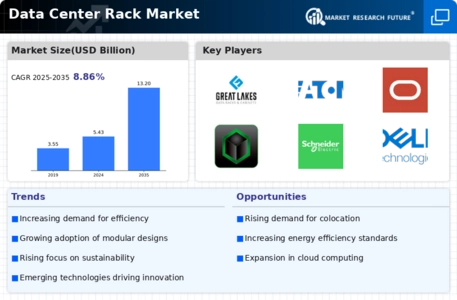
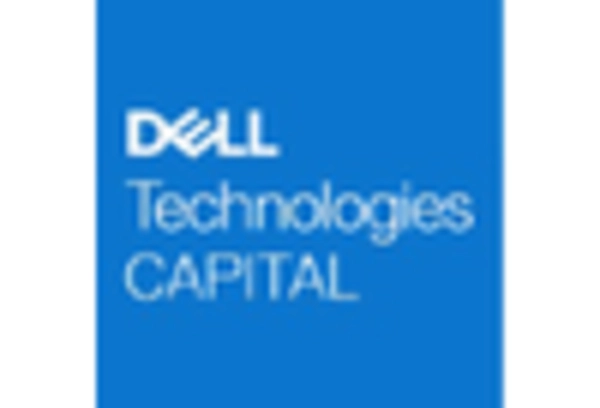
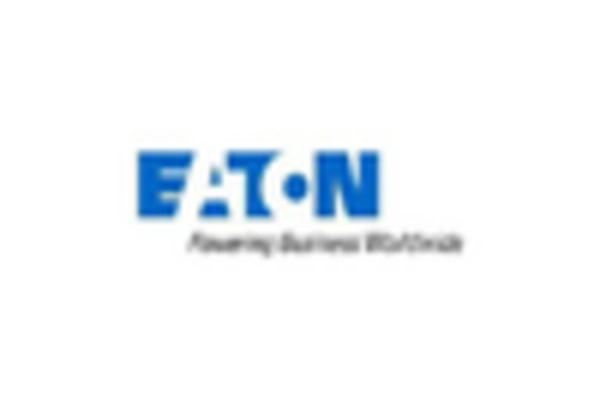

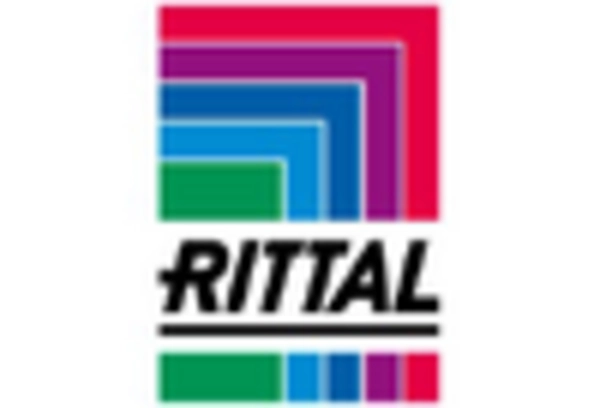

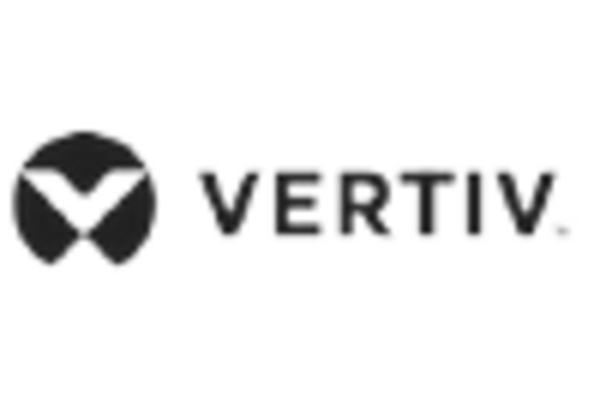

Leave a Comment